We cover everything you need to consider when planning your next decking project.
Planning Your Decking Area
Decking is a great way to create an extension to your own living space, bringing the indoors out. Whether you want to add space for outdoor entertaining, a kids’ play area, or a relaxing spot, decking is quick, easy and versatile.
Versatile Decking
Perfect for sloping parts of the garden, decking works in almost all outdoor spaces, including those tricky shady spots where the grass doesn’t grow. Gripsure non-slip decking allows you to add in some steps or join two areas of the garden with a walkway, safe in the knowledge it won’t get slippery, even in the most challenging areas.
Quick and Easy
With just a few simple tools, Gripsure non-slip decking can be installed by the most inexperienced DIY’er. Using products from our range of pedestals, sub-frames can easily be fitted onto your existing garden surface, without any need for back-breaking digging and messy concrete.
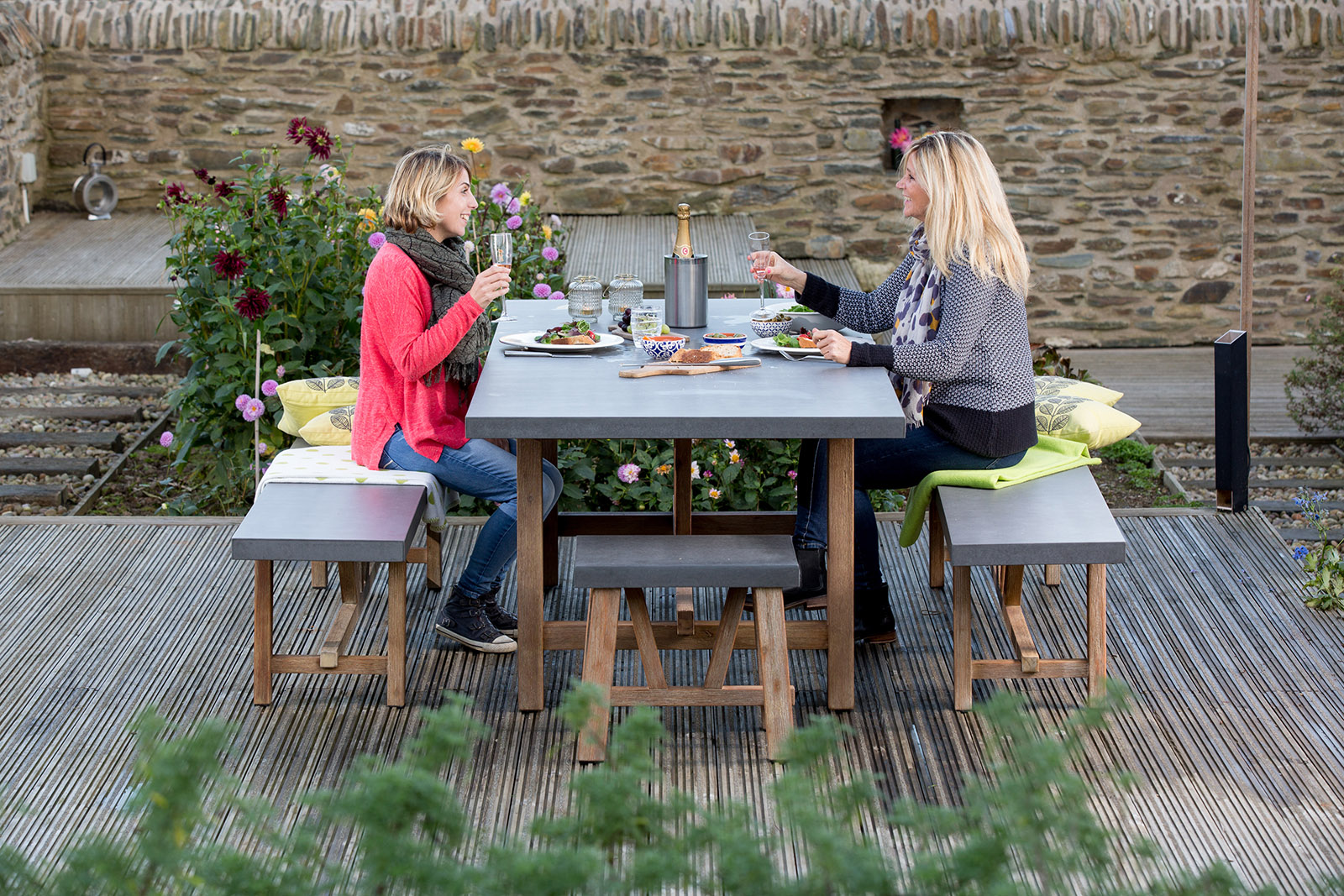
Decide What You Want to Use Your Decking For
Are you dreaming of an outdoor dining and entertaining area? Is it a safe walkway or access that you need? Do you want it to be in full sun, or part shade for those hazy summer days? Do you need a runout area from the house for the children to safely play on?
Spending some time deciding what you want to use your decking for will help you determine the location, size, shape, and look of the decked area. So, it’s important to get it right.
Gripsure recognises that many projects are planned with the all-too short summer months in mind. In reality, garden decking will be used all year round. That is why we always recommend the use of our non-slip decking boards.
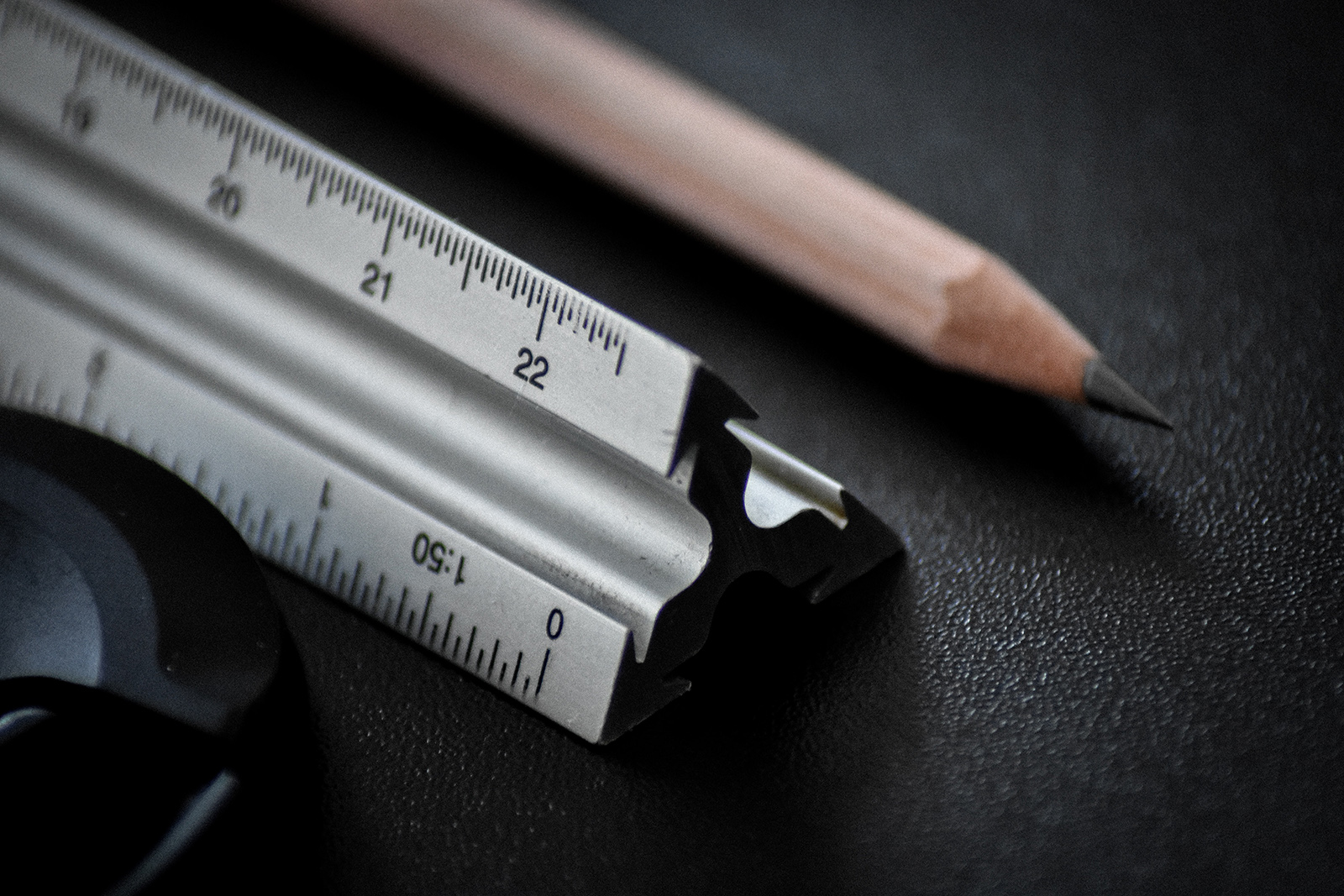
Make a Plan on Paper or in the Garden
Once you’ve decided what you will be doing on the deck, make a rough sketch and add all the items you think you’ll need. It’s surprising how much space a barbecue, outdoor furniture and a few plant pots will take up.
Better still, if you’re looking to entertain on your decking, arrange your garden furniture in the space you’re considering. This will give you a good idea of how much space you might need. Don’t forget to allow room to move any chairs around, and for access around furniture.
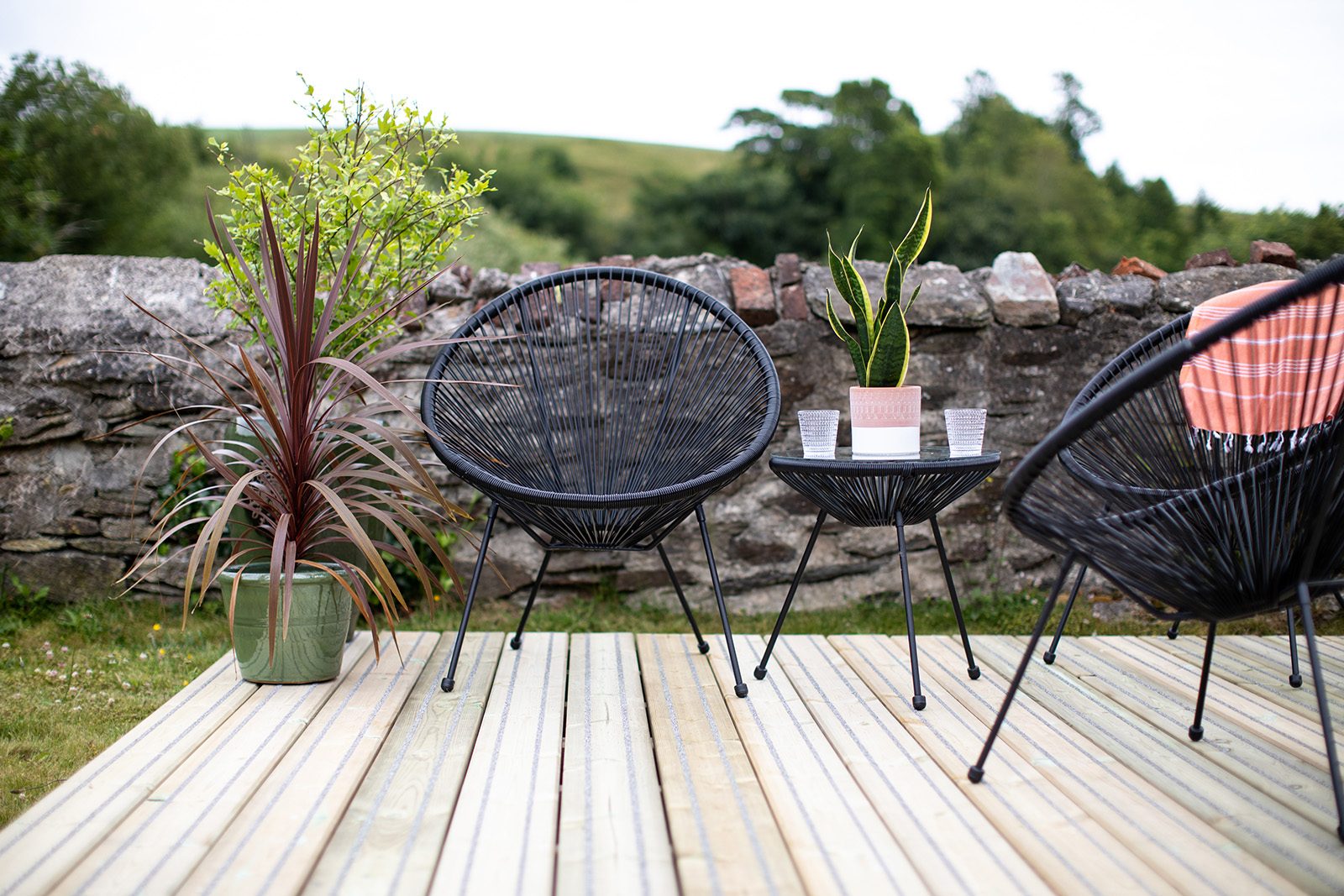
Practical Considerations
- Is the ground level or does it have a noticeable slope? Level gardens offer the easiest conditions for laying decking, but decking works on even the steepest slope. Using Gripsure adjustable pedestals will ensure a quick and easy installation.
- Do you have any existing features to work around? There’s no need to remove trees, posts or other features from your space to accommodate your garden decking. Simply work around it. If there is a tree in your decking space, research the species as some trees can be very fast growing so might need much more room than you anticipate.
- How close is the site to your house? Garden decking can work well both adjoining your home and positioned further away from it. If you’re looking to step out from your home onto the deck, there are few important extra considerations that must be made during installation. We’ll take you through those later during the laying process.
- How much sun does it get? The south-facing side of the house will offer the most sunshine. If you’re looking to avoid full sun, select a shady spot.
- What’s the view from the site? Perhaps you have a particularly stunning view that you’d like to enjoy from your decking.
- How much privacy does the space afford? Does your chosen spot offer you the privacy that you want from your neighbours and does it maintain their privacy from you?
Remember!
Check for underground service like pipes and cables. If in doubt, it’s well worth while renting a cable avoidance tool (CAT) to check for any pipes or cables beneath the proposed decking area.
Do You Need Planning Permission?
Building regulations, planning permission and local byelaws can be complicated, subject to change and vary across the country. Because of that, we don’t advise on these issues in detail.
You do not normally need planning permission to put down a deck. The only case where you should apply for planning permission is if your decking area is more than 300mm high. However, if in doubt, we recommend that you check with your Local Planning Authority about your project plans before you start.
It’s a good idea to speak to any neighbours who may be affected by your decking too. Objections from neighbours is the most common reason for planning refusal or restrictions imposed by the authorities. Make time to have a chat with them, explain your plans and listen to any concerns they might have before taking the next step.
Choose Your Decking Type
There are three main types of decking out there. We offer our own non-slip version of each. Let’s look at the pros and cons.
| Decking Type | Pros | Cons |
|---|---|---|
| Boards | Adds value to the home; traditional timber deck; long-lasting and beautiful | Each board is laid individually making it a little more labour intensive; more versatile than kits or tiles |
| Tiles | Ideal for small decks; easy to install and remove; can be placed over existing surfaces or used with pedestals | Not always seamless; doesn't last as long as other options |
| Kits | Ready to use; quick assembly; everything you need is included; very affordable | Fixed size; less flexibility with layout; can't accommodate slopes |
Choose Your Decking Material
Today’s high quality timber decking is a far cry from the cheap and cheerful materials of the 80’s. There’s a huge choice with different benefits and features.
| Material | Pros | Cons |
|---|---|---|
| Slow Grown European Redwood (Softwood) | 15-year preservative treatment; easy to install; cost effective; can paint, oil or stain | Will have natural timber features of knots and splits |
| Tropical Hardwoods | Durable to 50 years; beautiful knot free timber that weathers to a natural grey | Not as sustainable as other decking choices |
| Bamboo | Durable to 30 years; very sustainable as it's a grass that is harvested; very stable and hard | Expensive and can only be bought in fixed 1.85m length |
Pick a design
There are many different ways to configure your non-slip decking boards. Here are some of our favourite designs.
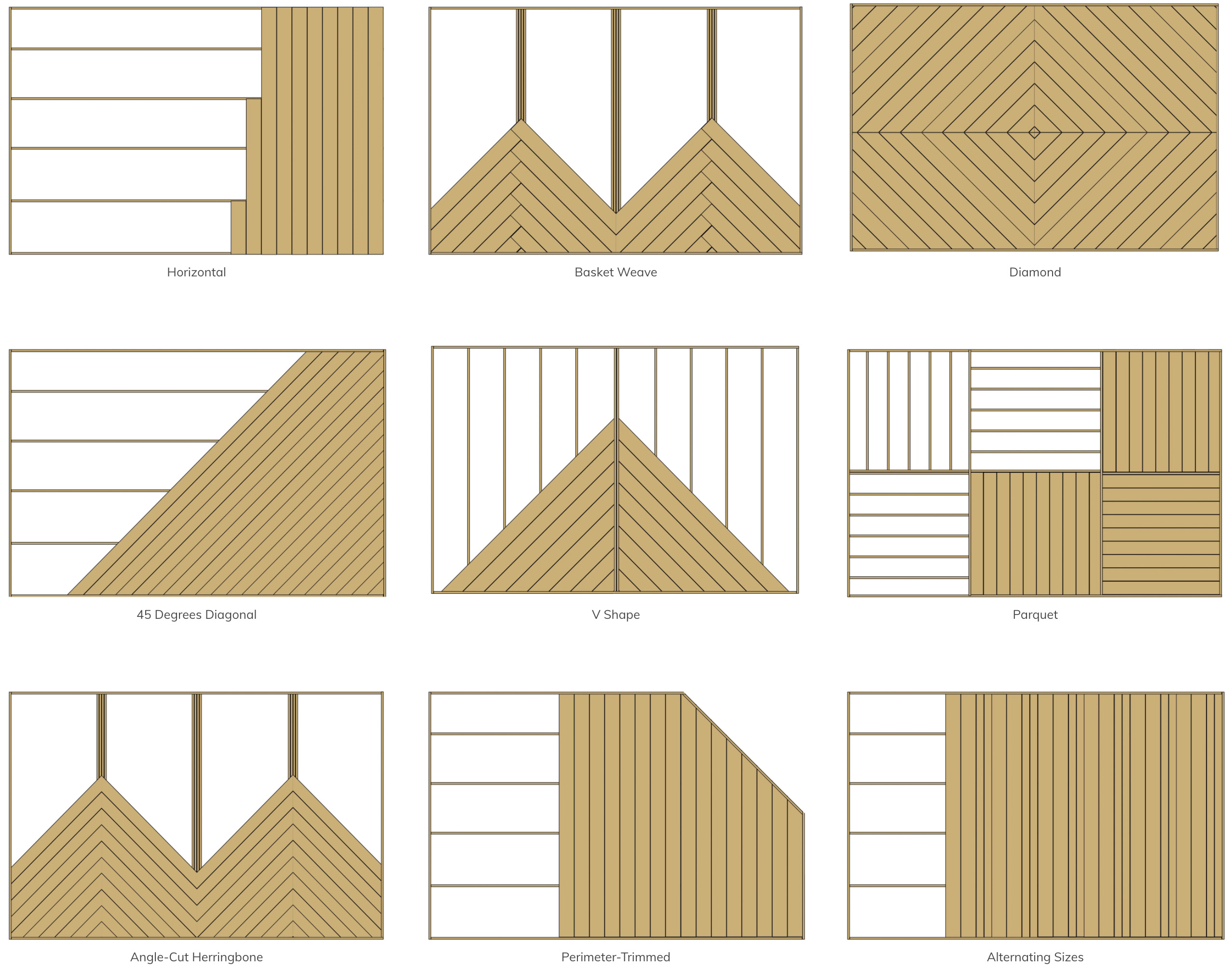
Calculate How Much Decking You Need
Once you’ve decided on the size, design and materials for your garden decking, you’ll need to work out how many deck boards to order. The simplest way to estimate this, is by using the following calculation:
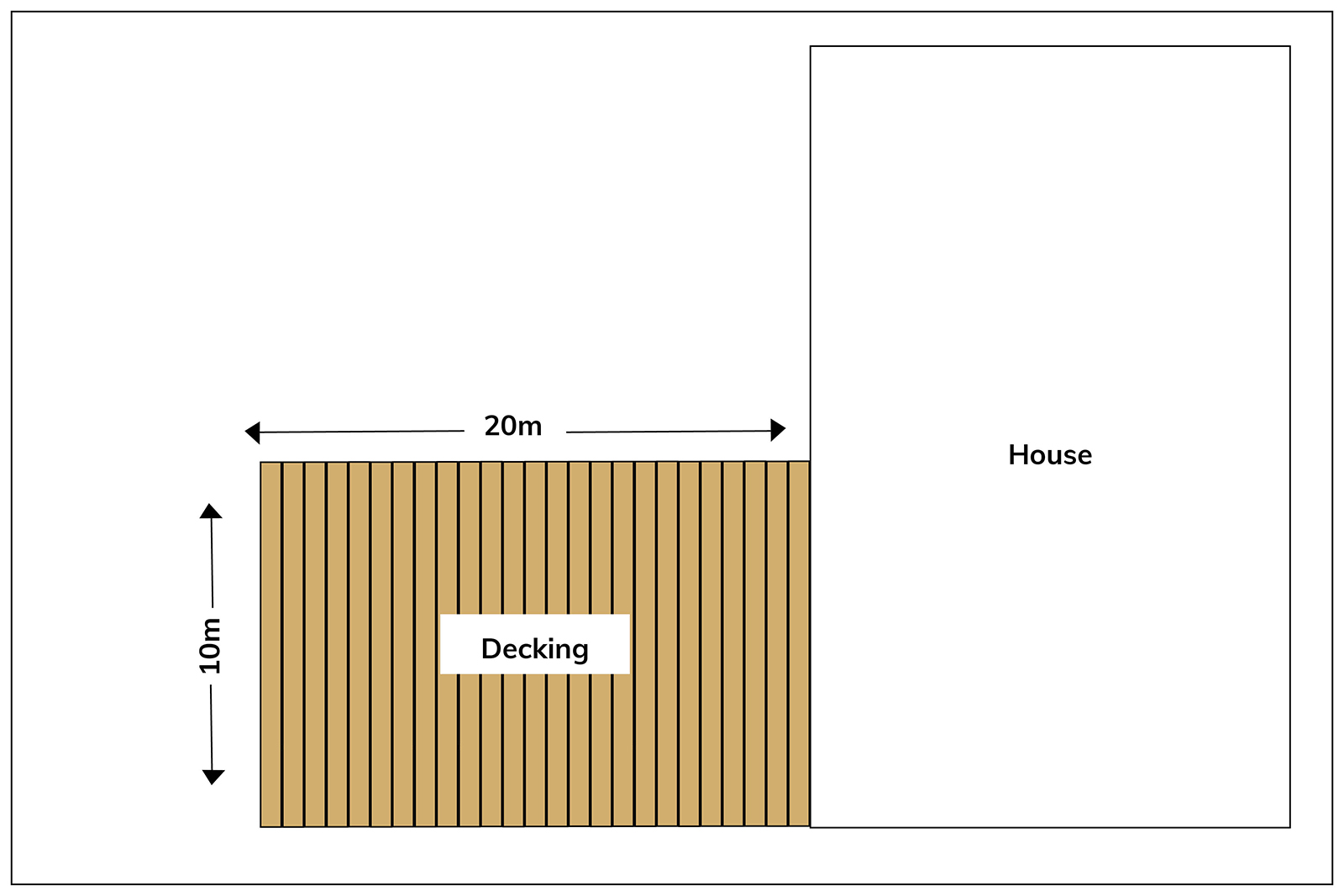
You’re Ready to Order!
We hope the information on this page has helped with planning your new deck. If you’re still considering which type of decking might be right why not order a free sample?
Alternatively, if you have further questions please get in touch and our friendly team will be happy to offer you their support.